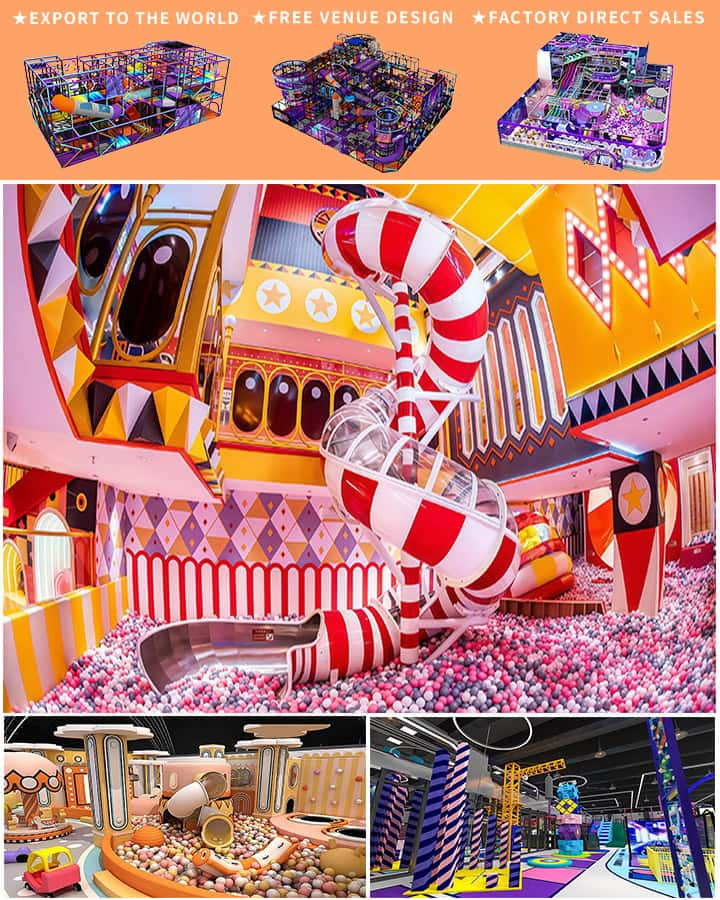When the weather outside is less than ideal or you simply want to ensure your children are entertained in a controlled environment, an indoor playground can be the perfect solution. Designing a fun, engaging, and safe indoor playground for kids involves a blend of creativity, safety measures, and thoughtful planning. Here’s how you can create an enchanting indoor playground that will keep your little ones entertained for hours.
Choosing the Right Space
The first step in designing an indoor playground is selecting the right space. Whether it’s a dedicated room in your home or a section of a larger area, ensure it’s spacious enough for various activities. The room should have high ceilings to accommodate climbing structures and tall play equipment. Adequate ventilation and lighting are also crucial to maintain a comfortable and inviting atmosphere.
Safety First
Safety is always the top priority when creating an indoor playground. Soft flooring, such as foam mats or rubber tiles, can prevent injuries from falls. Install protective padding on any sharp edges or corners of furniture. Additionally, make sure all play equipment is age-appropriate and in good condition to avoid any potential hazards.
Engaging Features

To keep kids entertained, incorporate a variety of engaging features into your indoor playground. Climbing walls, slides, and tunnels provide physical activity and promote gross motor skills. Consider adding interactive elements like a small basketball hoop, a mini soccer goal, or a balance beam to encourage active play.
For quieter moments, set up a cozy reading nook with bean bags and an array of books to foster imagination and literacy skills. You could also add a pretend kitchen or playhouse where kids can role-play and develop social skills.
Sensory Elements
Incorporating sensory elements can enhance the play experience for children. Soft textures, colorful lights, and interactive sound features can stimulate their senses and keep them engaged. Create sensory bins filled with rice, beans, or sand and let kids explore different textures. Hang wind chimes or musical instruments near play areas for added auditory stimulation.
Organization and Storage
Maintaining order is essential in an indoor playground, especially if toys and equipment are scattered everywhere. Invest in storage solutions like shelves, bins, and baskets to keep everything organized. Clearly label each container to encourage kids to clean up after themselves. Having designated storage spaces helps cultivate a sense of responsibility and tidiness.
Personalized Touches
Adding personalized touches can make the indoor playground feel unique and special. Customize the decor with your child’s favorite colors, characters, or themes. Let older kids contribute to the design process by painting murals or creating their own art pieces to display in the play area.
Maintenance
Keeping the indoor playground clean and well-maintained is crucial for ensuring its longevity and safety. Regularly inspect all equipment for wear and tear, and address any issues promptly. Vacuum the floor frequently to remove dirt and debris, and wipe down surfaces to prevent the buildup of germs.
Conclusion
Creating an indoor playground for kids can be a rewarding project that combines fun and practicality. With careful planning, safety considerations, and a touch of creativity, you can design an indoor space that captivates your children’s imagination while promoting their physical and cognitive development. An indoor playground not only provides a sanctuary against unfavorable weather but also ensures that playtime continues seamlessly, no matter what the conditions outside.




